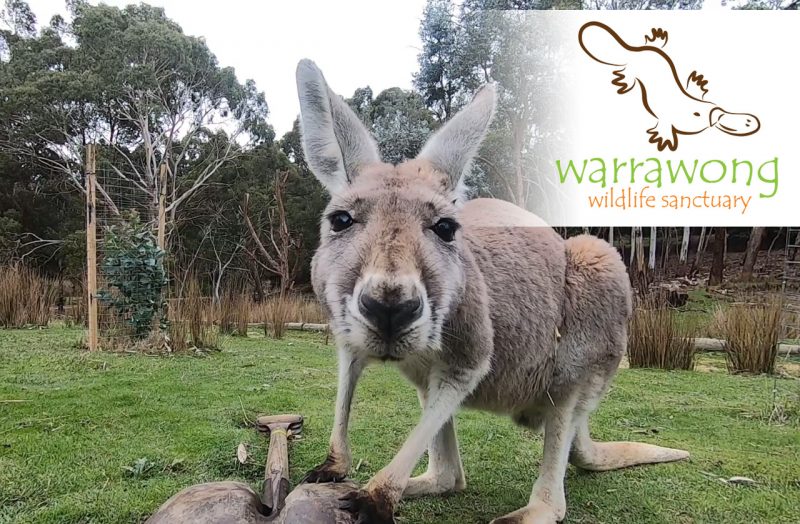
This informative revegetation blog series walks you through each step of a revegetation project, from start to finish. In part 1, we uncover how to determine what you want to achieve through your revegetation project.
If you answered ‘yes’ to our introductory blog post a couple of weeks ago, this blog series is for you. You’re keen to plant more trees, and you may even be eager to get out there and start planting right away. We celebrate your enthusiasm! However, there’s the important groundwork that needs to be completed before you can begin. As Julie Andrews wisely sang, “Let’s start at the very beginning, a very good place to start”.
Simply put, revegetation introduces desirable plant species and manages pest flora and fauna to ensure these plants’ successful survival and growth. However, a revegetation project may have many additional purposes, including:
Revegetation might not even involve physically planting already germinated trees. It may be best to establish plants using direct seeding, or perhaps you have a site where natural regeneration will be the cheapest and most practical way of revegetating. Direct seeding is the practice of introducing seeds directly into the soil, either via machine or by hand, and regeneration is the germination of self-sown seedlings from nearby existing vegetation.
Photo courtesy: Bio-R
Each site will present a range of different soil types, browsing pressures, usage history and weed presence, and each of these factors will influence what process you will take to achieve your end goal. In summary, this all points to the first step, determining what you want to accomplish with your site.
Refill your coffee cup, go for a walk over the site you plan to revegetate and start thinking about what you want to achieve. Ask yourself the following questions to help you determine your goals:
Once you have created a picture of what the site characteristics are and what you are dealing with, you are in a better position to set some goals around what you want to achieve. And don’t despair if it feels like it’s all a bit too much and you need some help. Many environmental Landcare groups would be happy to give you some direction and support!
The link below will help you find a Landcare group near you.
In our next blog installment, we’ll look at building on existing foundations, with a focus on natural regeneration.
If you have any questions relating to the site assessment of your revegetation project, feel free to reach out to our team. Please email us: info@arborgreen.com.au
South Australia
18 Follett Close
Mount Barker SA 5251
New South Wales
14 Rennie Street,
Wetherill Park, NSW 2164
Victoria
56-60 Woodlands Drive,
Braeside, VIC 3195
Phone 1300 760 642
Prompt Australia-wide Delivery
Free* freight on all orders over $400+gst to anywhere in Australia
*excludes bulky items